How to integrate Google Analytics data into Tawk.to
Learn how to capture Google Analytics data with each new chat in Tawk.to, so you can track where your leads are coming from.
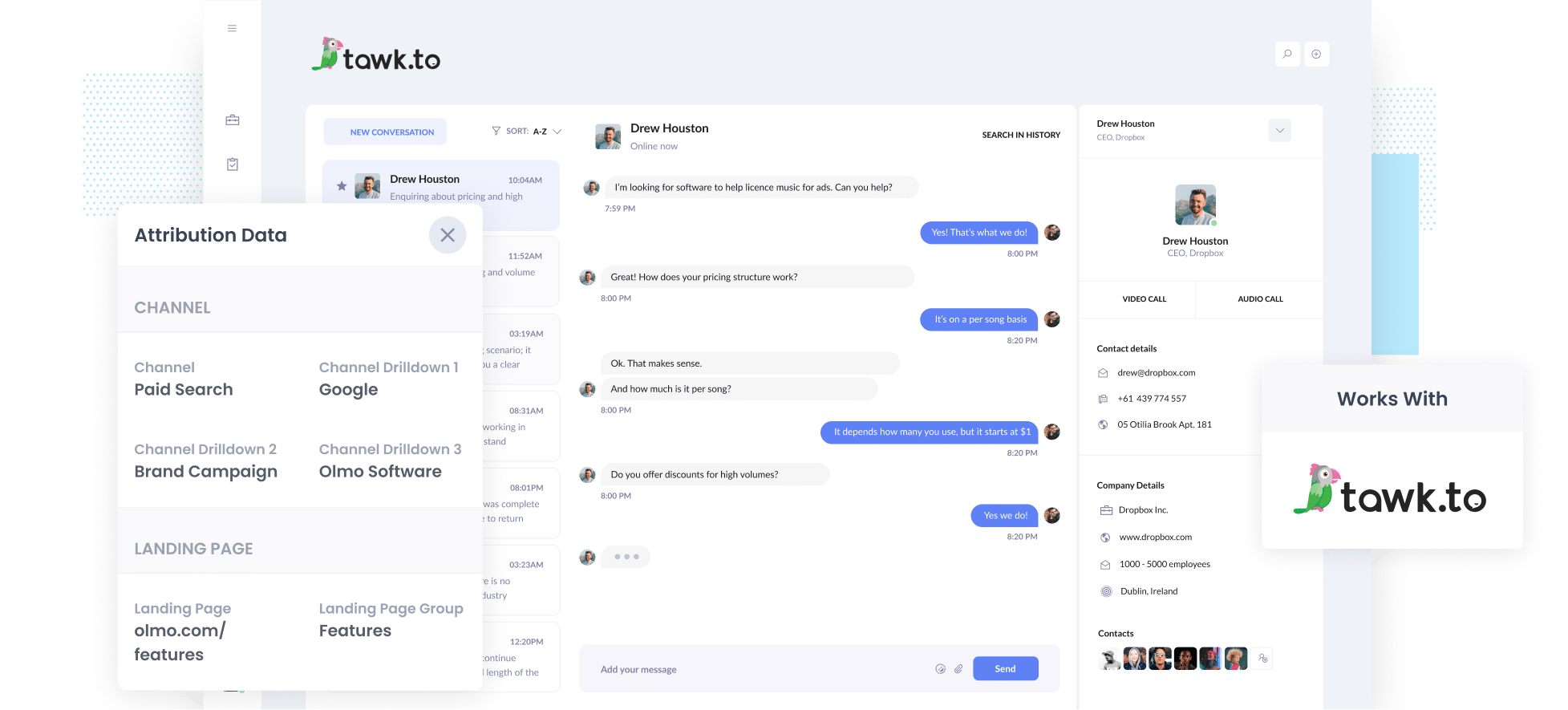
You’ve just launched a new campaign, and traffic is flowing to your website.
But there’s a problem: you’re not sure which of those visitors are turning into leads or customers. Google Analytics shows you how many people visited your site, but it can't show you how many became leads or customers.
But there’s a solution.
In this article, we’ll walk you through how to use Attributer to capture Google Analytics data with every new chat in Tawk.to. You can then send this data to your CRM or other tools and run reports that show you how many leads and customers you're getting from your various campaigns.
4 steps for capturing Google Analytics data in Tawk.to
When you use Attributer, capturing Google Analytics data in Tawk.to is straightforward. All you’ll need to do is follow these four steps:
1. Add the Attributer code to your website
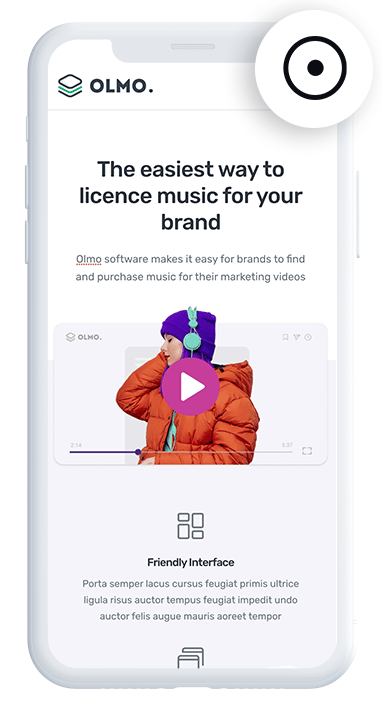
To get started, sign up for a free 14-day trial account with Attributer. After that, you’ll receive a small snippet of code that you need to add to your website.
How you add the code depends on the platform you’re using. In most cases, you can easily add it through your site’s dashboard or settings. If you prefer, you can also use a tag management tool like Google Tag Manager.
We’ve put together detailed, step-by-step guides for all the major website builders, and you can find them right here.
2. Attributer automatically passes through Google Analytics data with each new chat
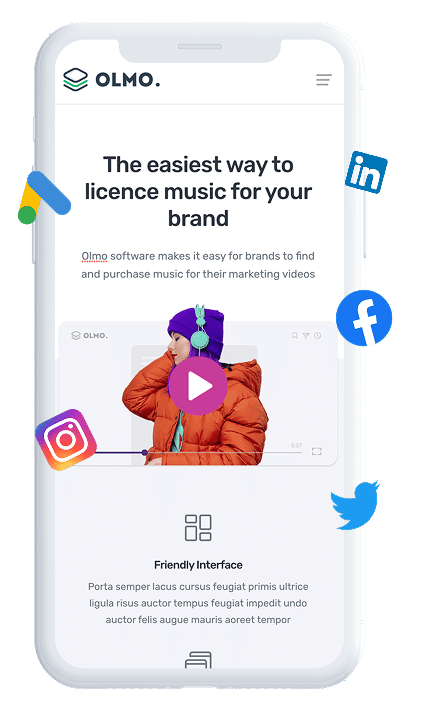
When someone starts a chat on your website, Attributer automatically captures details about how they first discovered your site.
Here’s a new example to show how it works:
Imagine you’re part of the marketing team for a kitchen remodelling company. A potential customer clicks on one of your Google Ads, lands on your site, and starts a chat. Attributer would pass through the following details (based on the UTM parameters you’ve set up in your Google Ads):
Channel: Paid Search
Channel Drilldown 1: Google
Channel Drilldown 2: Home Renovation Campaign
Channel Drilldown 3: Kitchen Remodelling (or the keyword they searched for)
Attributer would also capture the visitor’s first landing page (for example, www.homeimprovementco.com/services/kitchen-remodeling), along with the broader landing page group (like /services).
This helps you see exactly how the lead found your site and which content drove them there.
3. Google Analytics data is captured in Tawk.to and can be sent to other tools
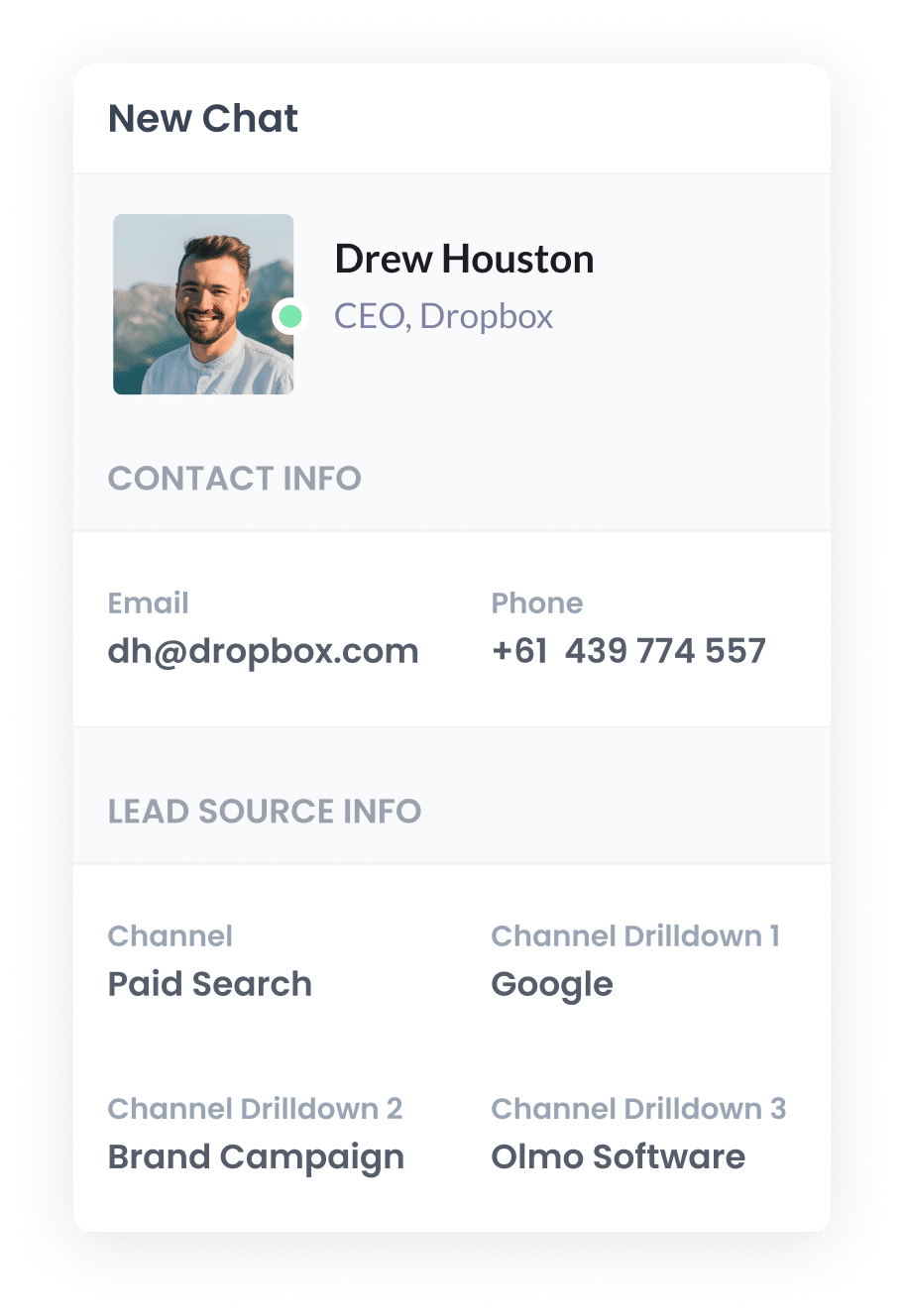
Once Attributer passes through the data, you can view it alongside the chat inside your Tawk.to account.
You can also take advantage of Tawk.to’s integrations with tools like Zapier to create new leads or contacts in your CRM or other tools (complete with the Google Analytics data).
4. Run reports to see where your leads are coming from
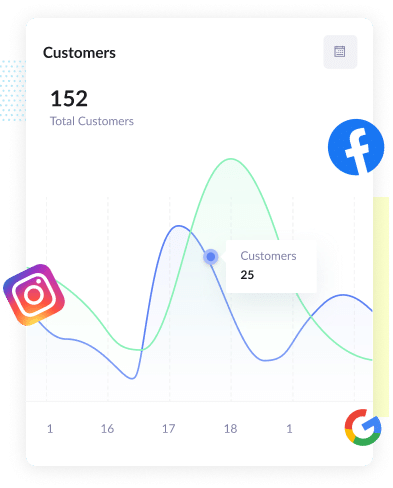
Once the Google Analytics data is passed into your CRM or spreadsheet, you can use the built-in reporting features of those tools to create reports and dashboards that show where your leads and customers are coming from.
For example, you could create reports that highlight:
- The number of chat leads generated through your Google Ads campaigns
- Which Meta Ads campaigns are bringing in the most chat leads
- The volume of new leads coming from your SEO efforts
What is Attributer and what data gets passed through?
Attributer is a small piece of code you add to your website.
When a visitor lands on your site, Attributer analyses where they came from and categorises them into various Channels (similar to what you see in Google Analytics, such as Paid Search, Organic Search, Paid Social, Organic Social and more).
Once they start a chat, Attributer automatically sends the data through to Tawk.to.
It passes along two key pieces of information about how the lead discovered your website:
1. Channel
Attributer passes through which Channel brought the lead to your site (such as Paid Search, Paid Social, or Organic Search), along with more detailed information about the particular campaign, ad, etc.
For example, if a visitor arrived on your site after clicking one of your Google Ads, Attributer wouldn’t just show that the lead came from Paid Search. It could also provide insights like the specific campaign, the exact ad they clicked, the keyword they searched for, and much more.
2. Landing Page
Attributer also tracks the first landing page a user visits and the broader category to which that page belongs.
For example, if a lead lands on 'www.homeimprovementco.com/services/kitchen-remodelling', Attributer would capture that URL along with the broader landing page group (in this case, /services).
This makes it easy to identify which types of content (such as service pages, blog posts, etc.) are driving the most leads, and allows you to drill down and see exactly how many leads came from each individual piece of content.
3 example reports you can run when you capture Google Analytics data in Tawk.co
Before I launched Attributer, I spent over 15 years managing marketing teams at various companies.
During that time, I was constantly running in reports, trying to figure out which marketing efforts were actually producing results.
Below, I’ve highlighted three different reports that I found particularly useful. Once you start capturing Google Analytics data in Tawk.to and sending it to your CRM and other tools, you’ll be able to generate these types of reports as well.
1. Leads by Channel
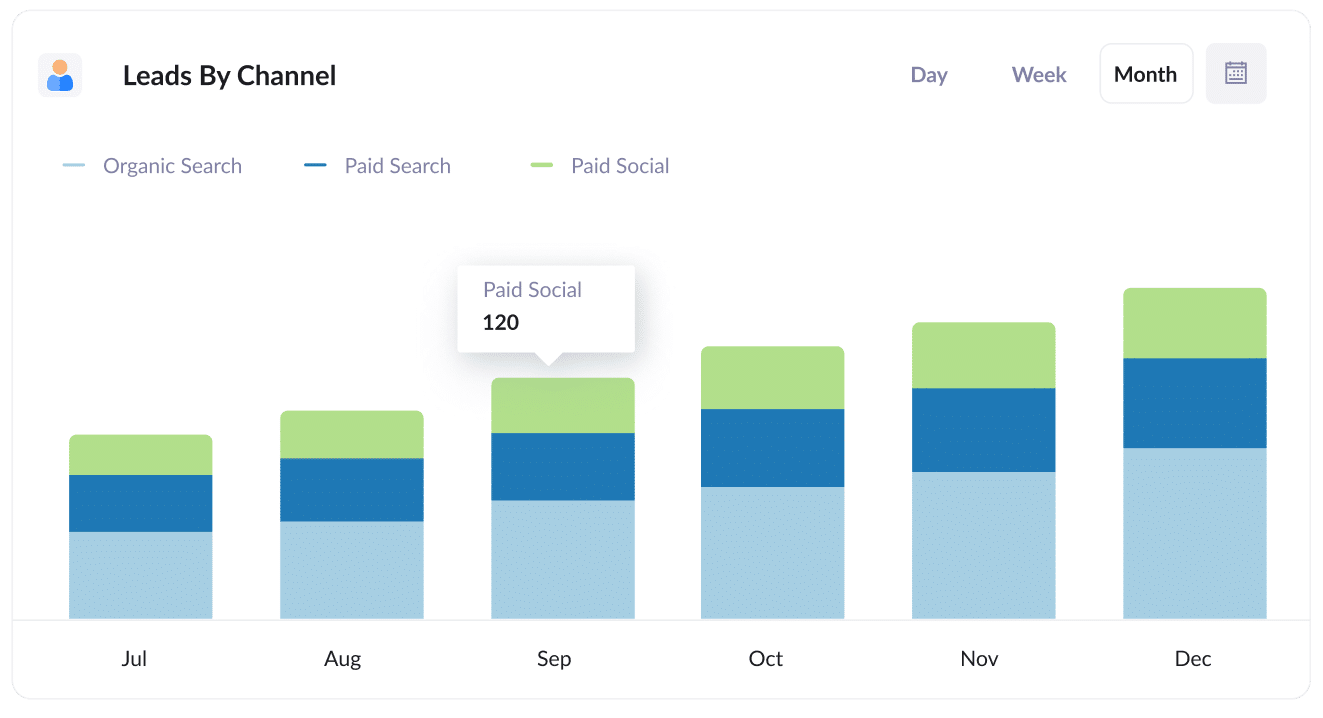
The Leads By Channel report provides a month-by-month breakdown of the number of leads you're generating and which marketing channels are driving them.
It’s an easy way to spot what’s working well and what isn't.
For example, if you notice that the majority of your leads are coming from organic searches, but most of your budget is spent on other channels (like paid ads), this could mean there's a good opportunity to shift some resources and double down on your SEO efforts.
2. Customers by Facebook Ads Network
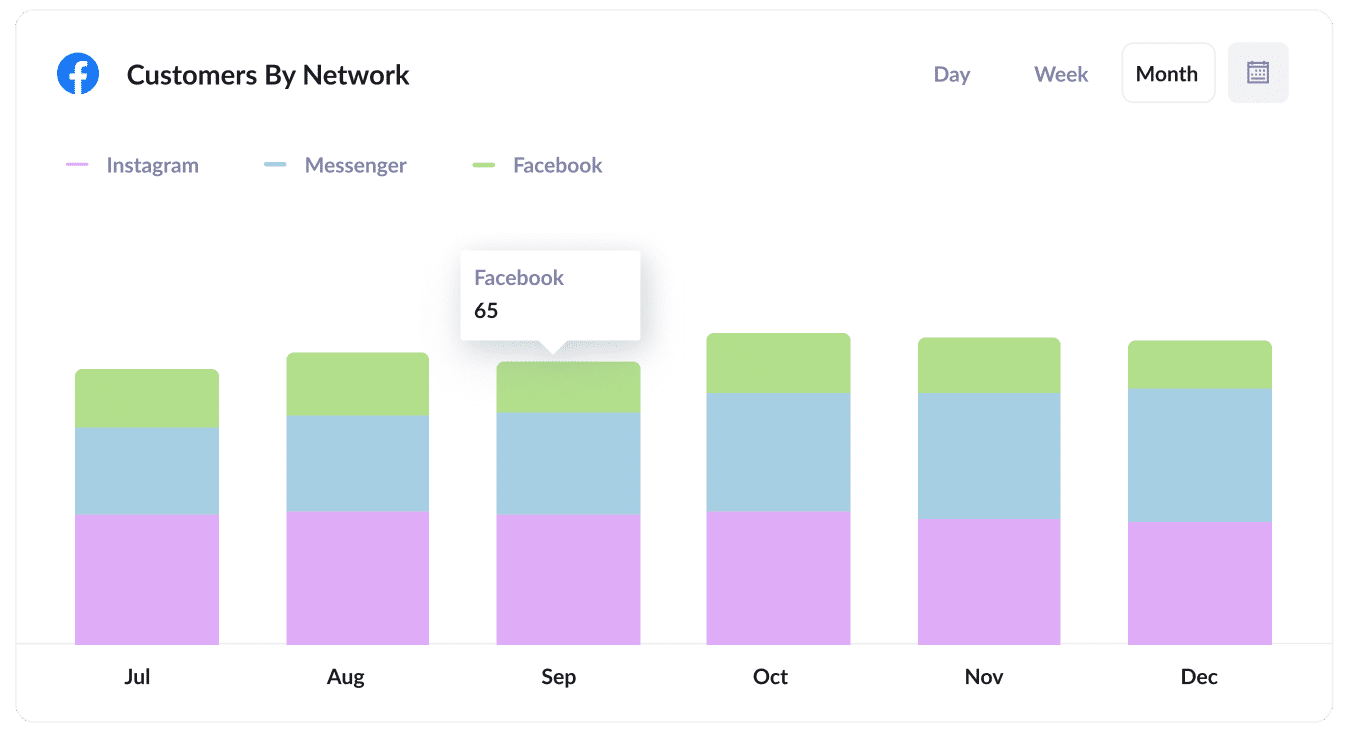
When you run ads on Meta, your campaigns can show up across various platforms they own, such as Facebook, Instagram, Messenger and WhatsApp.
That’s why it’s worth looking at the results from each platform on their own. Doing so helps you see which ones are driving real growth and gives you the information you need to decide where to put more of your budget.
Reports like this make it easy by showing how many new customers each platform is bringing in month by month.
With that knowledge, you can focus your efforts on the platforms that are working best.
3. Revenue from Organic Search by search engine
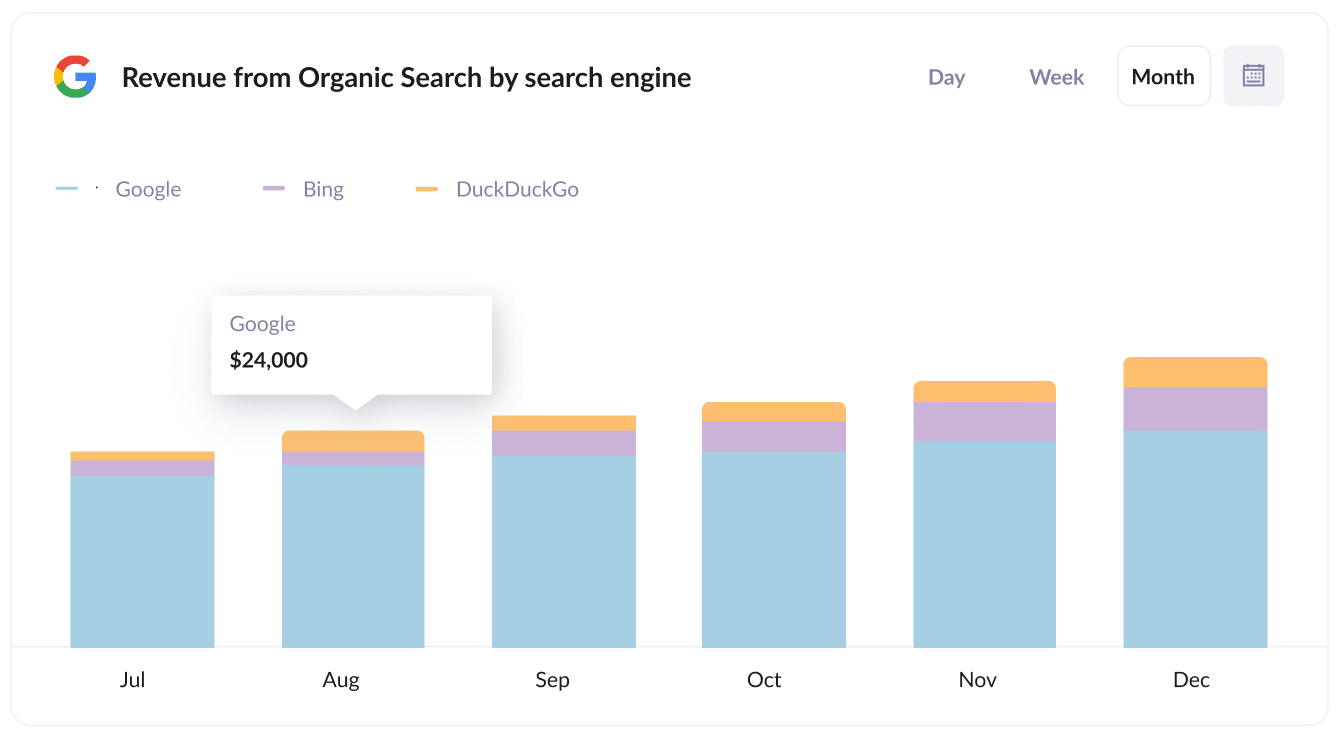
This report showcases the revenue generated by customers who initiated a chat after discovering your site through organic search. It also breaks down the data by search engine, such as Google, Bing, and DuckDuckGo.
With this view, you’ll gain a clearer understanding of how your SEO efforts are performing, which search engines are providing the most value, and how your results are evolving over time.
How Attributer helped Qwilr track the source of all their leads and customers
Qwilr, an Australian software company, helps businesses create beautiful sales proposals in the form of interactive webpages (rather than traditional static PDFs).
To generate leads, website visitors could start a free trial of the product, scheduling a demo with the sales team, speak with someone via live chat, register for a webinar, and more.
Before adopting Attributer, Qwilr had built an internal system that tracked where free trial signups came from. But the problem was that it didn’t work with any of their other lead sources (like demo requests, live chats, webinar registrations, etc).
That’s where Attributer came in.
Attributer’s ability to integrate with various tools allowed Qwilr to capture attribution data for every new lead, regardless of how they converted (i.e. booking a demo, starting a chat, registering for a webinar, etc)
With attribution data on every lead flowing into their CRM, they were easily able to run reports on where their leads and customers were coming from. And they found some useful insights.
For instance, they were running multiple Google Ads campaigns (search, display, and performance max). They found that although display and performance max campaigns were generating significant website traffic, those visitors rarely converted into leads or customers. On the other hand, search ads consistently generated high-quality leads that turned into paying customers.
Using this data, Qwilr was able to shift its paid ads budget into the search campaigns and pause the display and performance max campaigns. This ultimately lead to them getting more new customers at a lower cost-per-customer.
“Attributer gives us clean, structured marketing attribution data across all our various lead sources. It’s helped us know what paid campaigns are working, how certain types of content perform, how our SEO efforts are tracking, and more”

Mark Tanner - Co-Founder & Chief Revenue Officer
Wrap up
Attributer makes it easy to capture Google Analytics data for every new Tawk.to chat.
From there, you can pass the data into your CRM and other tools, giving you the ability to build detailed reports that show which marketing channels are bringing in the most leads, customers and revenue.
The best part is that it only takes a few minutes to set up and you can get started for free with a 14 day trial.
Get Started For Free
Start your 14-day free trial of Attributer today!

About the Author
Aaron Beashel is the founder of Attributer and has over 15 years of experience in marketing & analytics. He is a recognized expert in the subject and has written articles for leading websites such as Hubspot, Zapier, Search Engine Journal, Buffer, Unbounce & more. Learn more about Aaron here.
